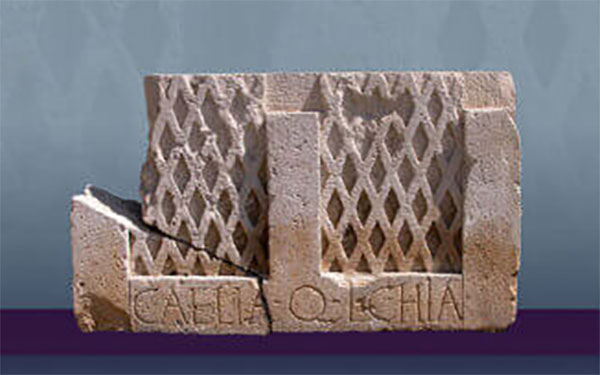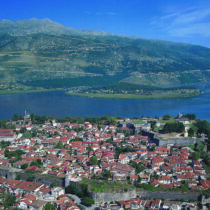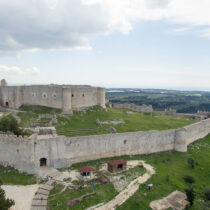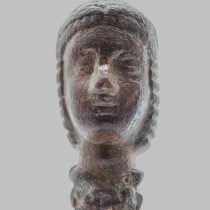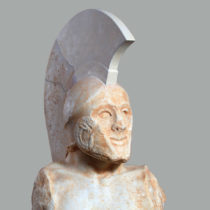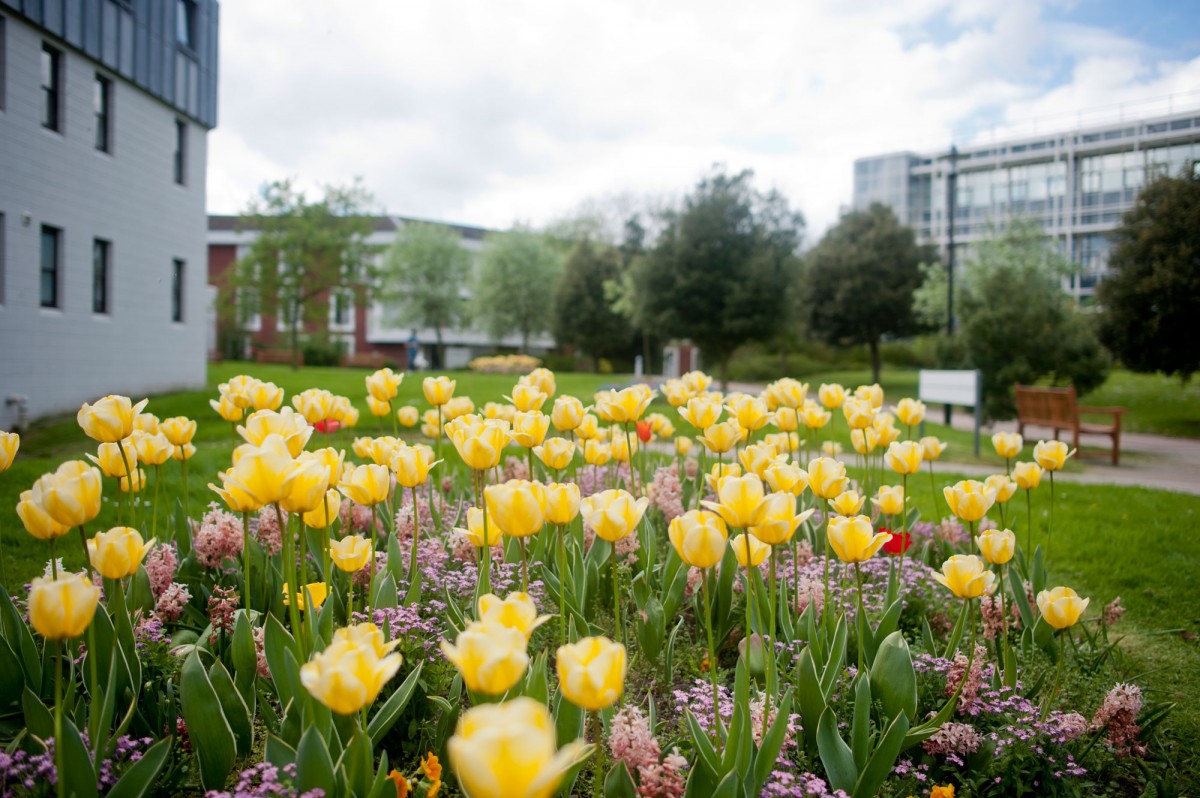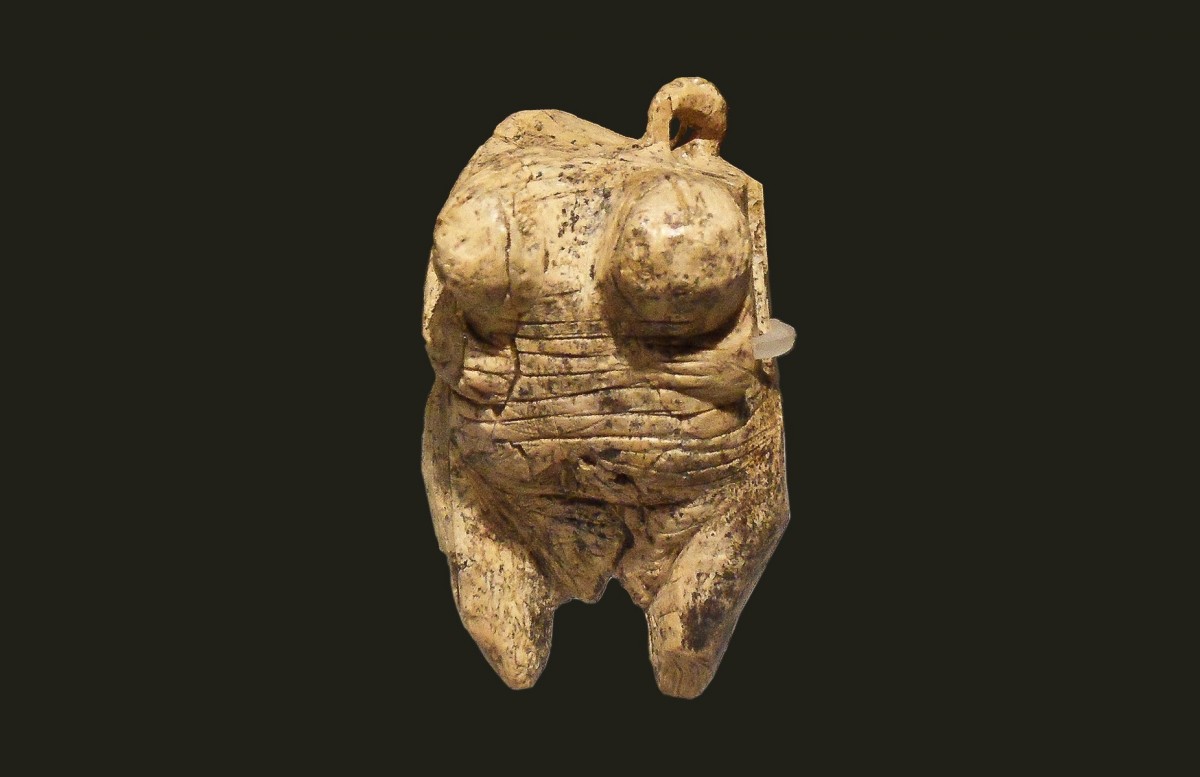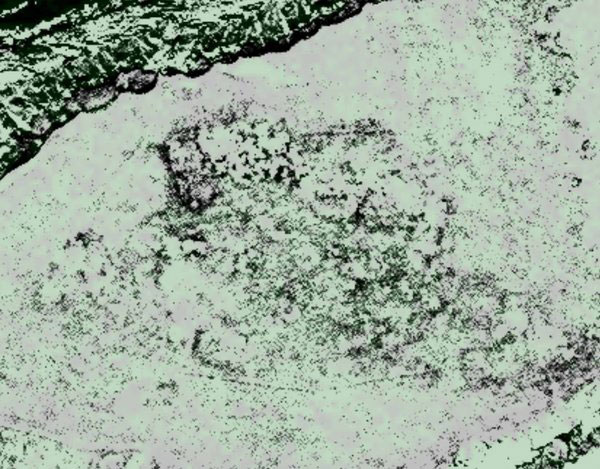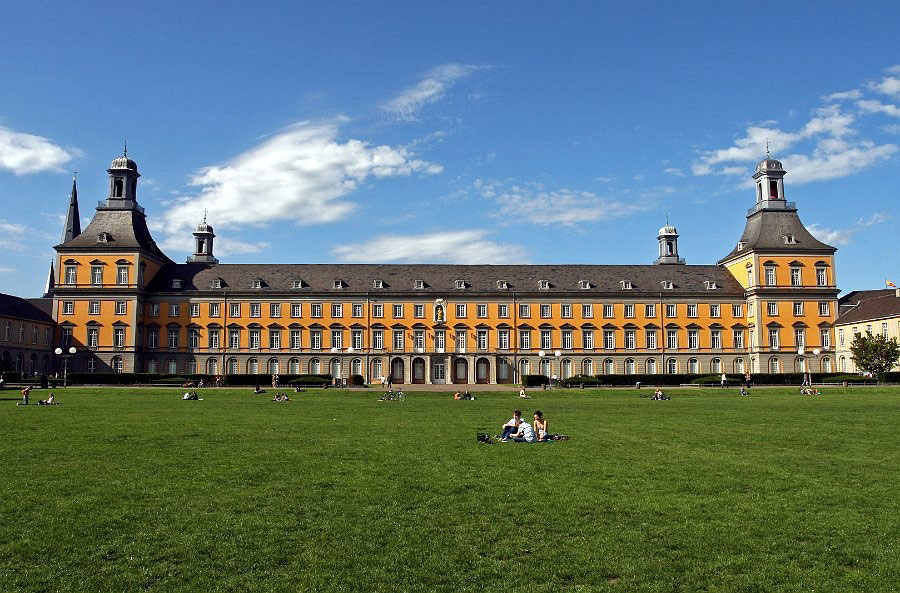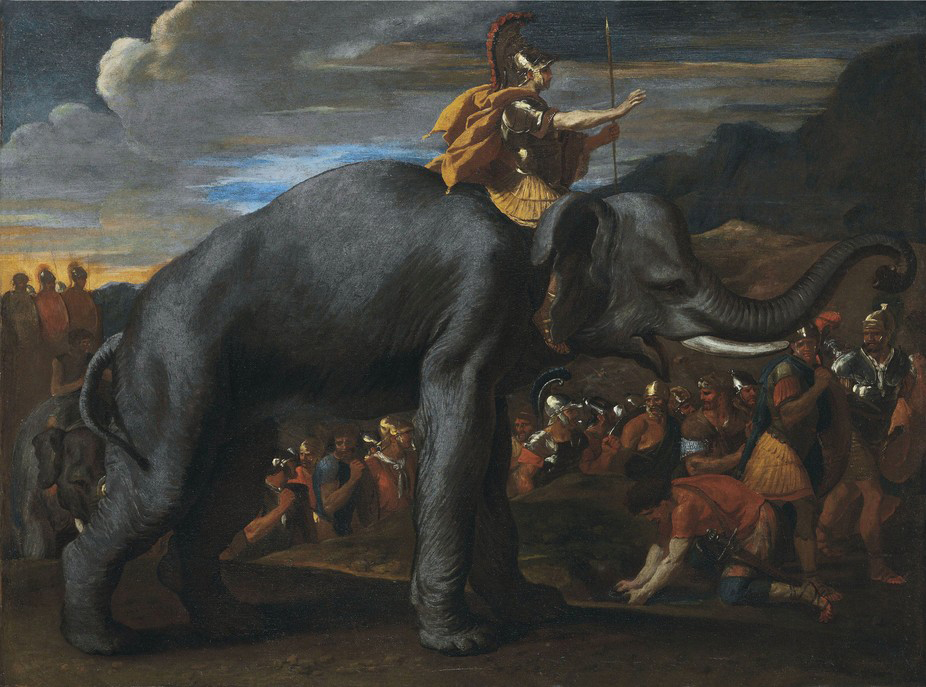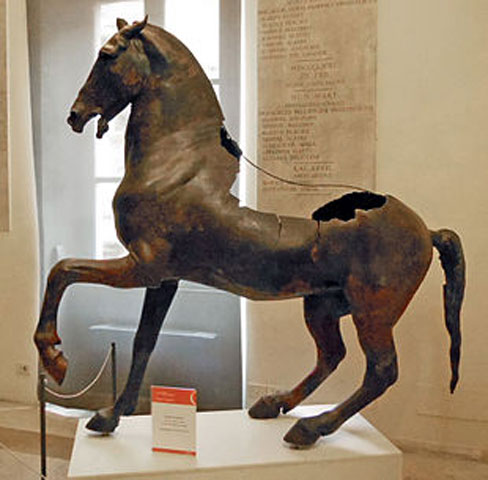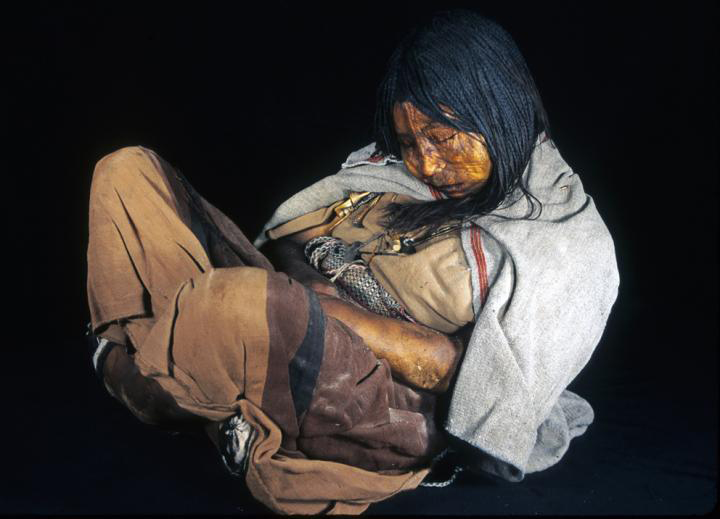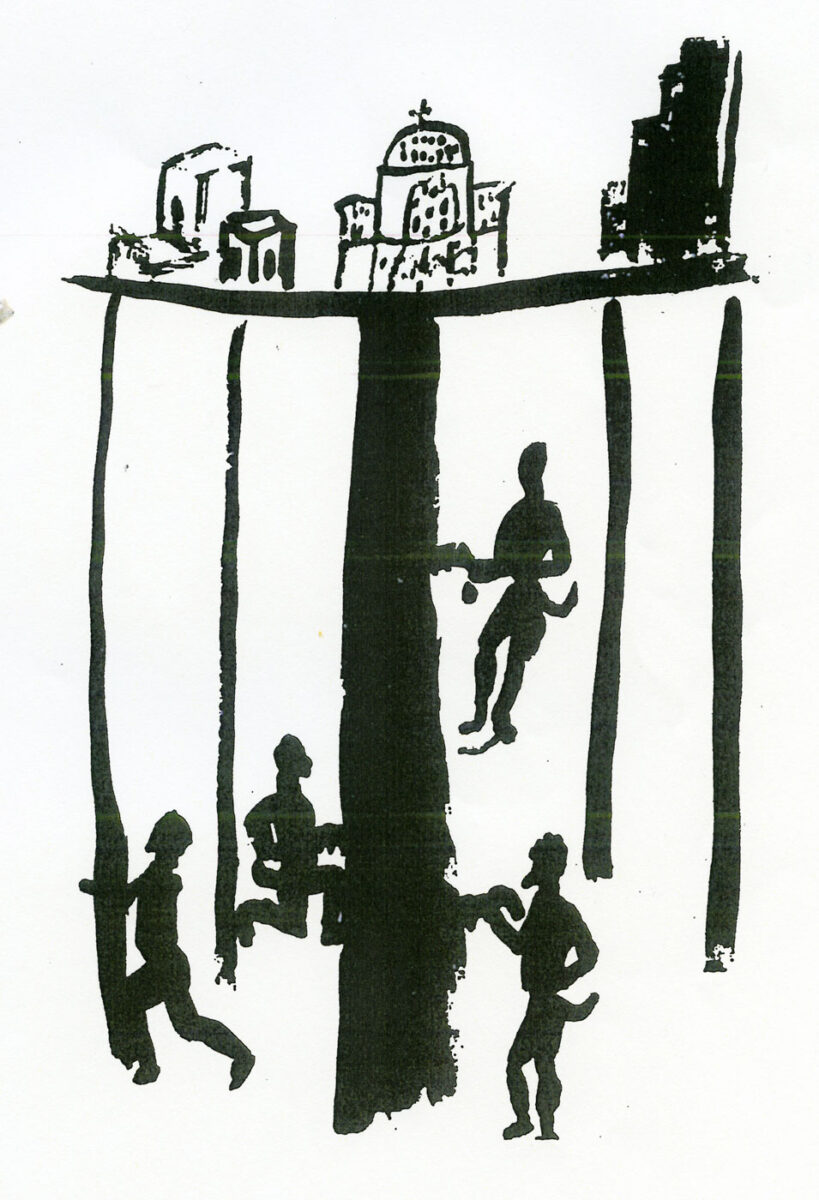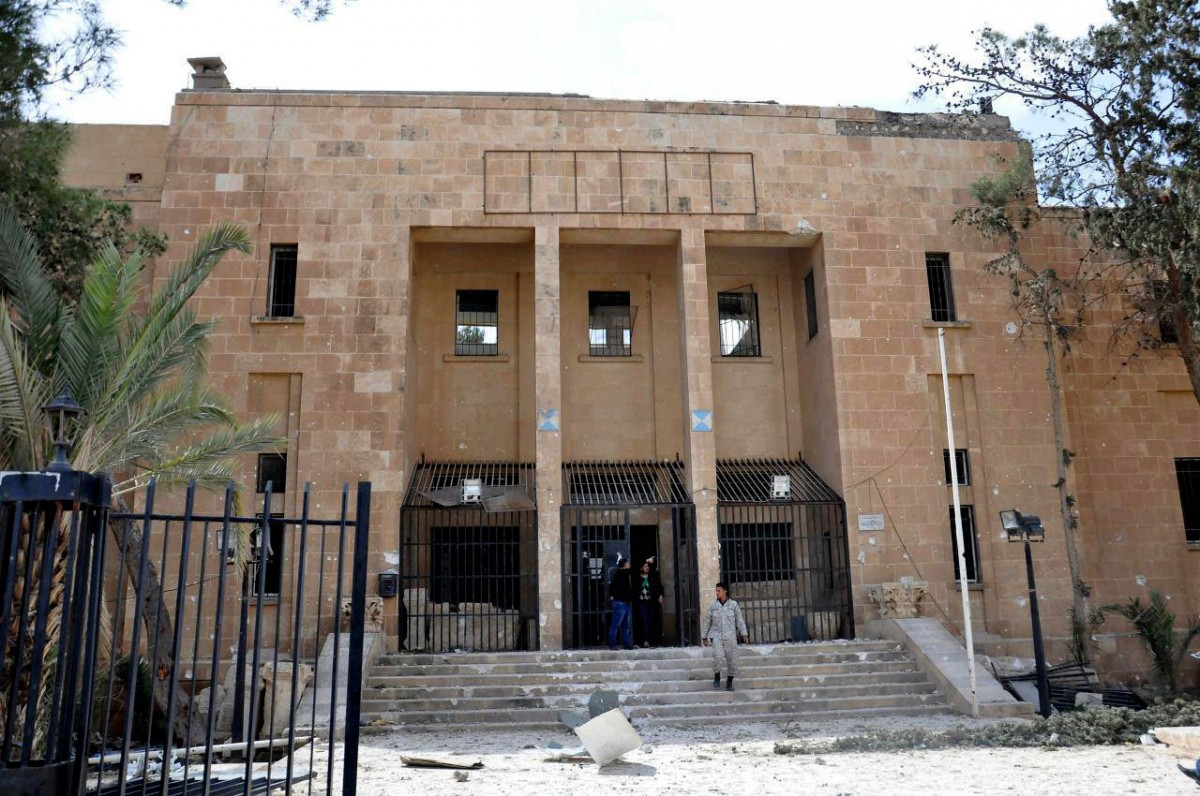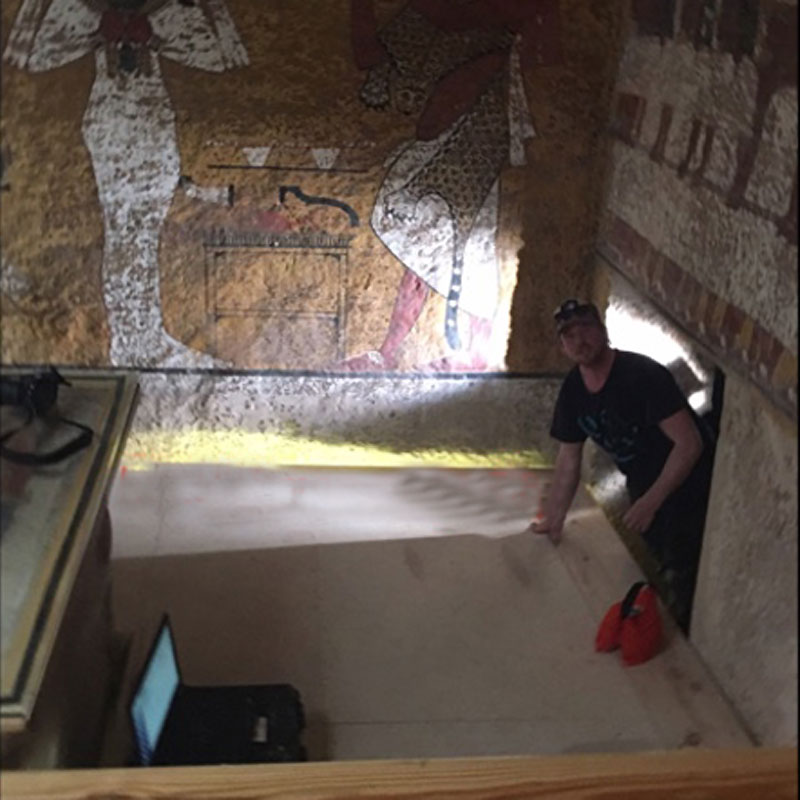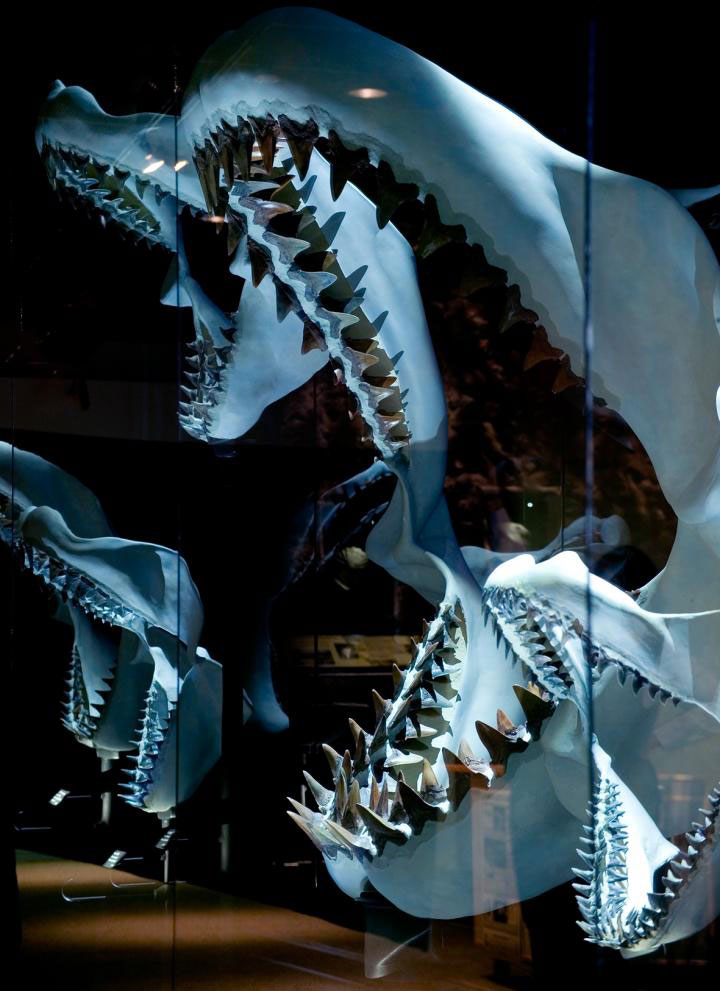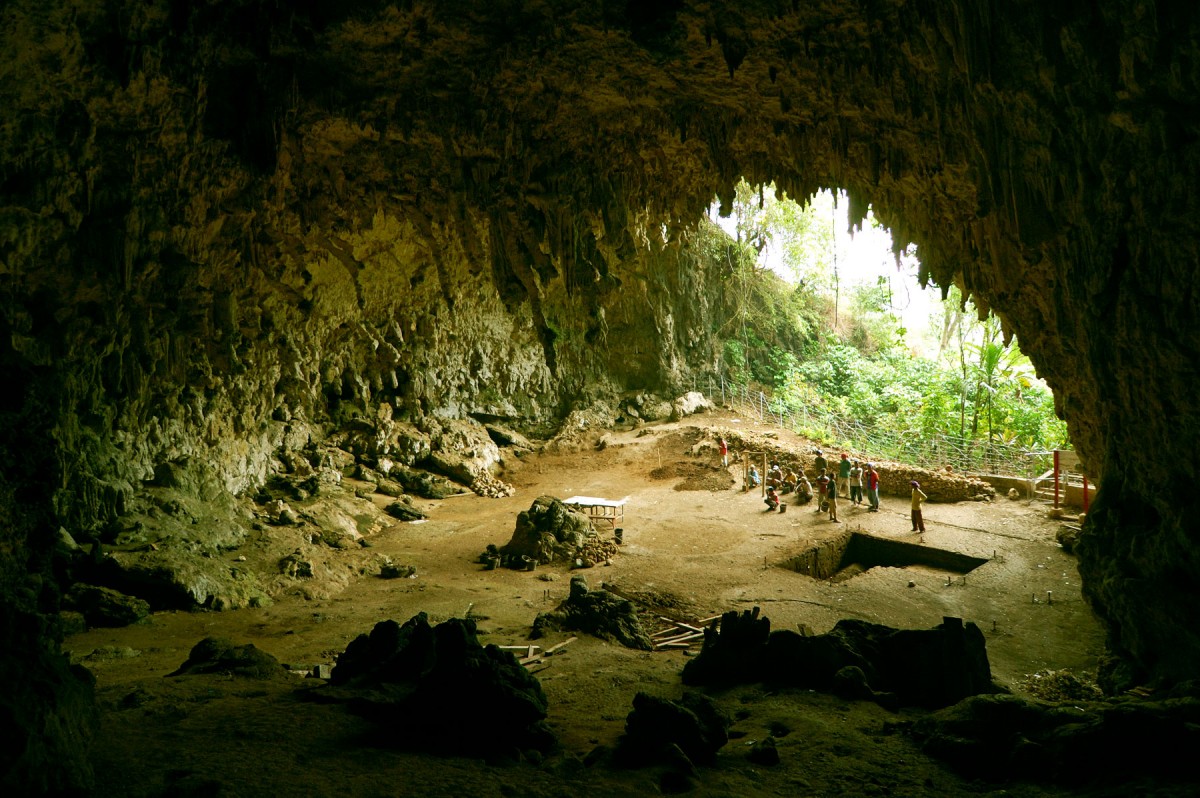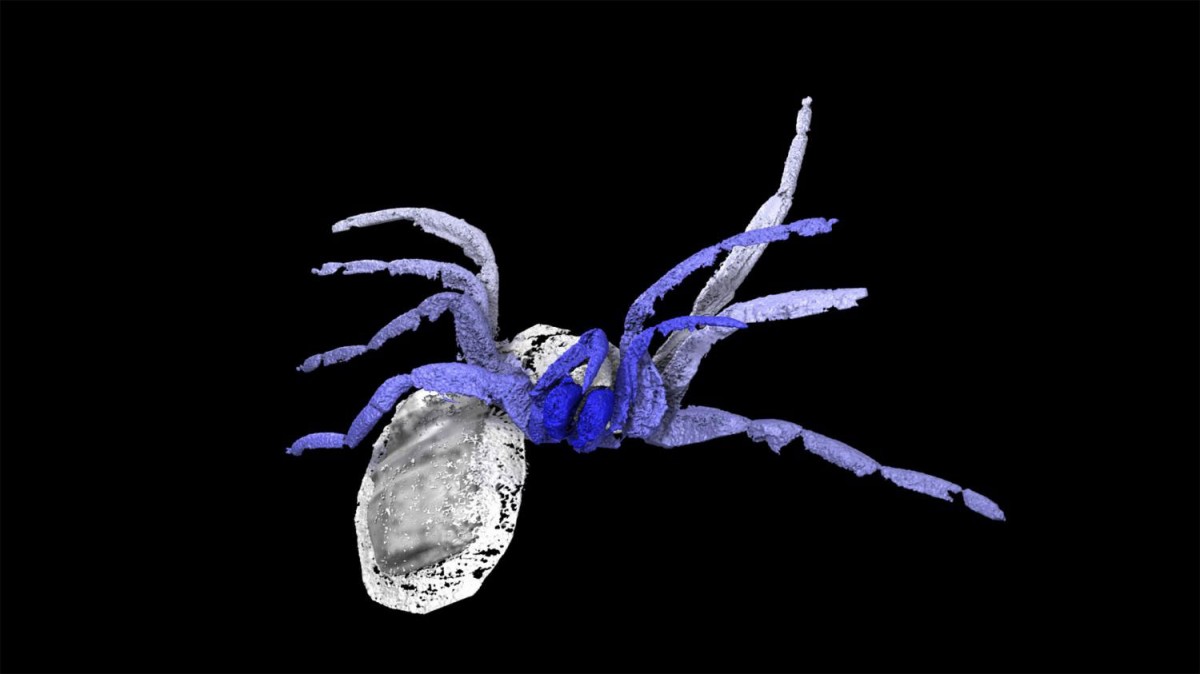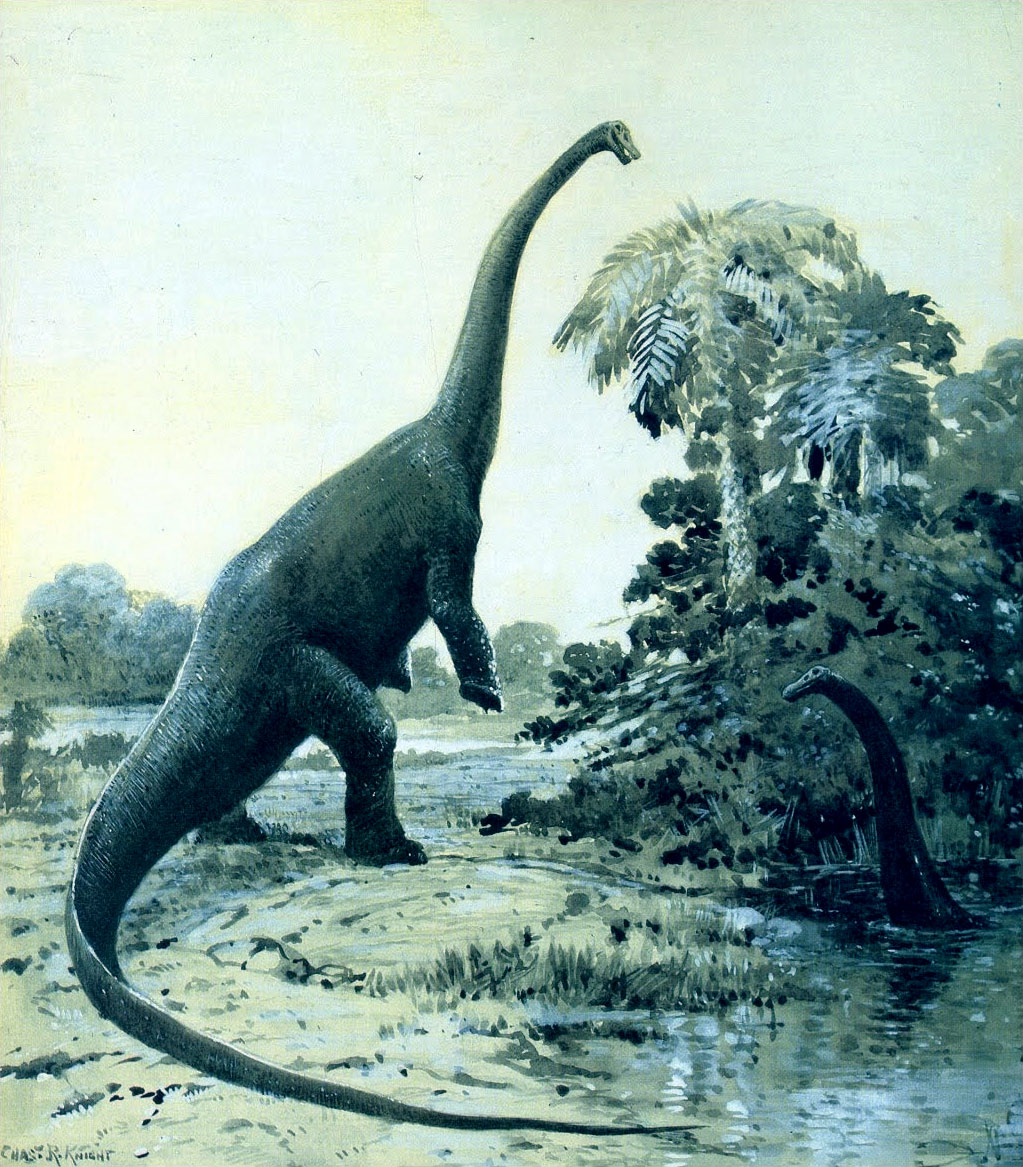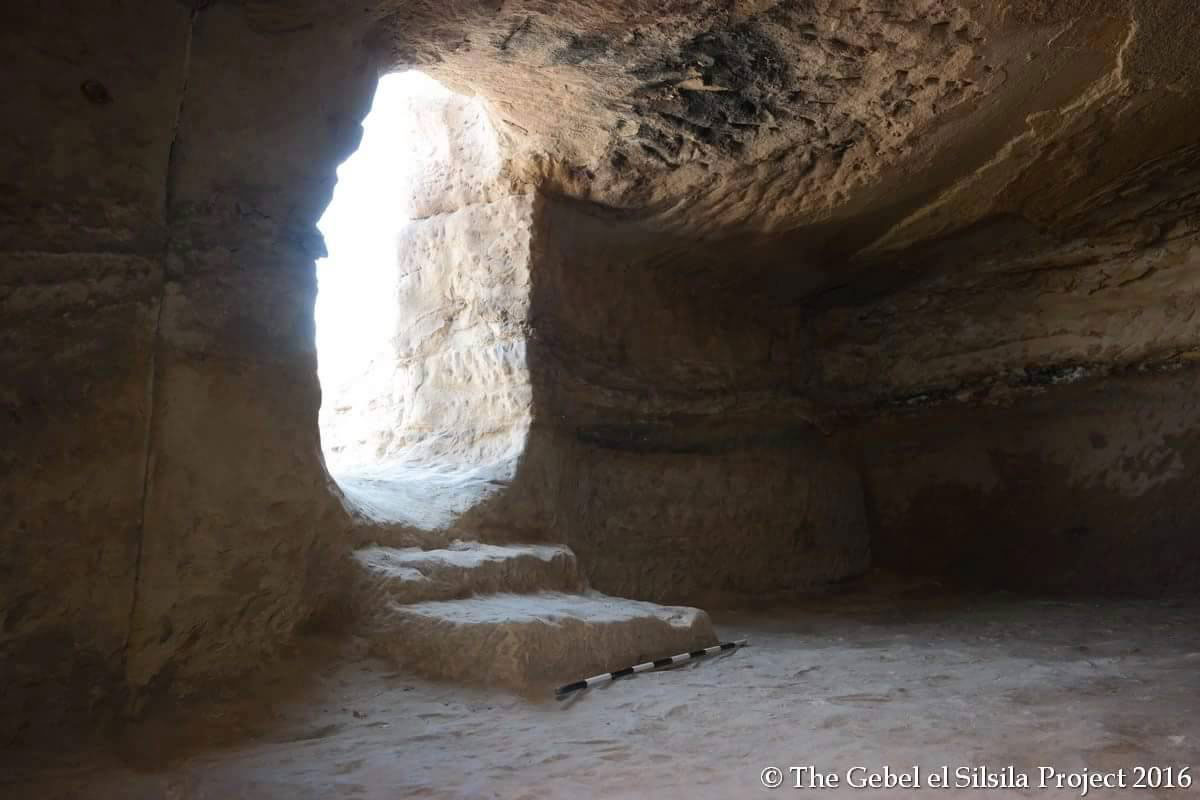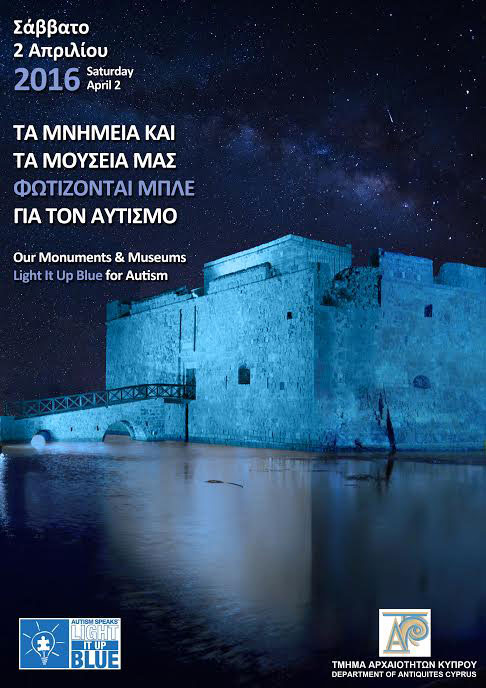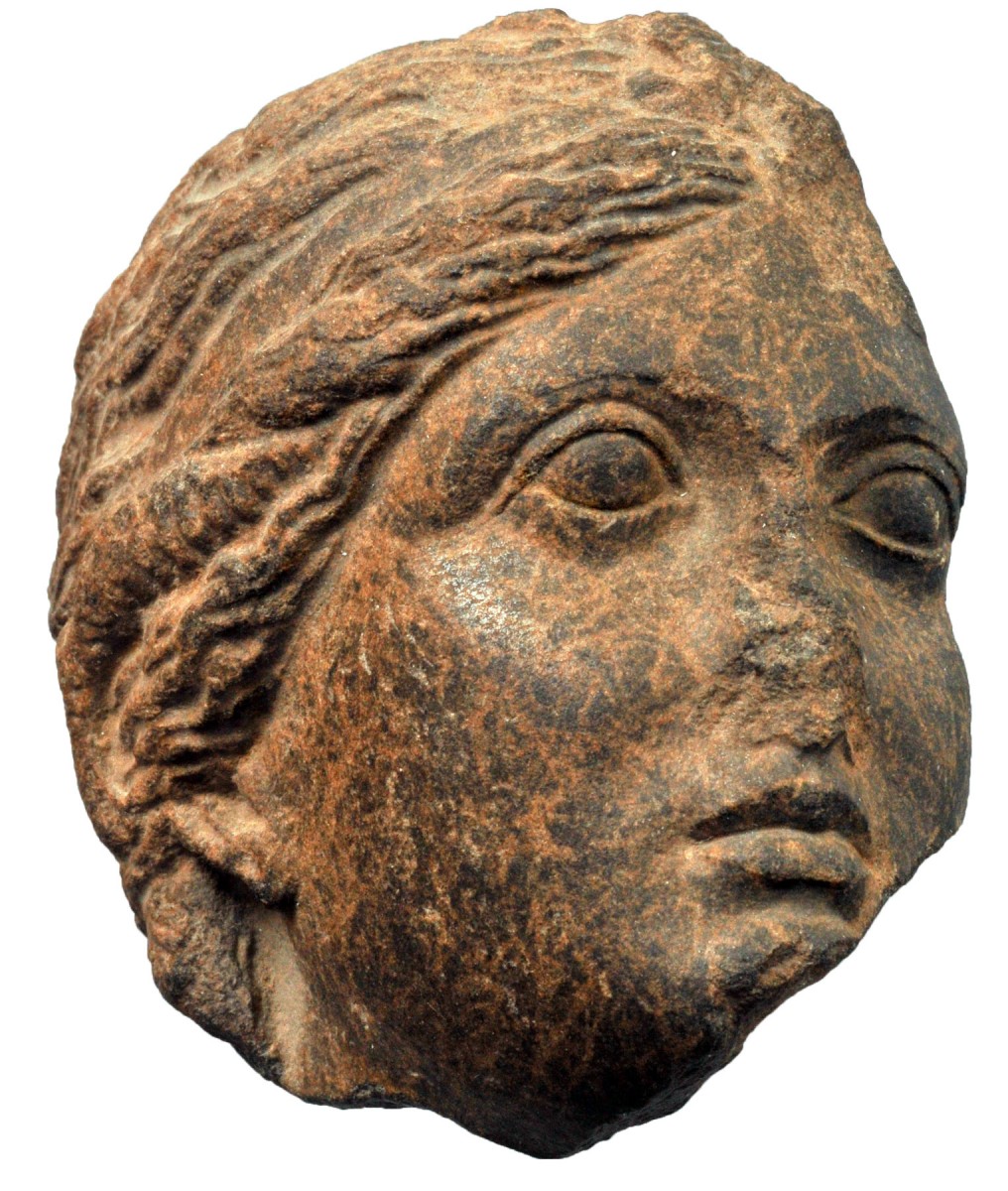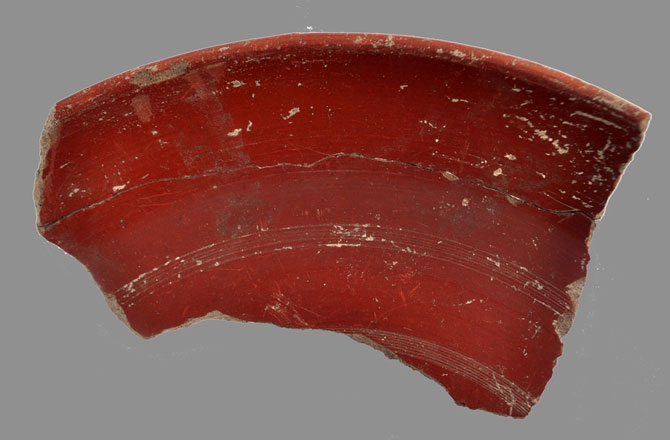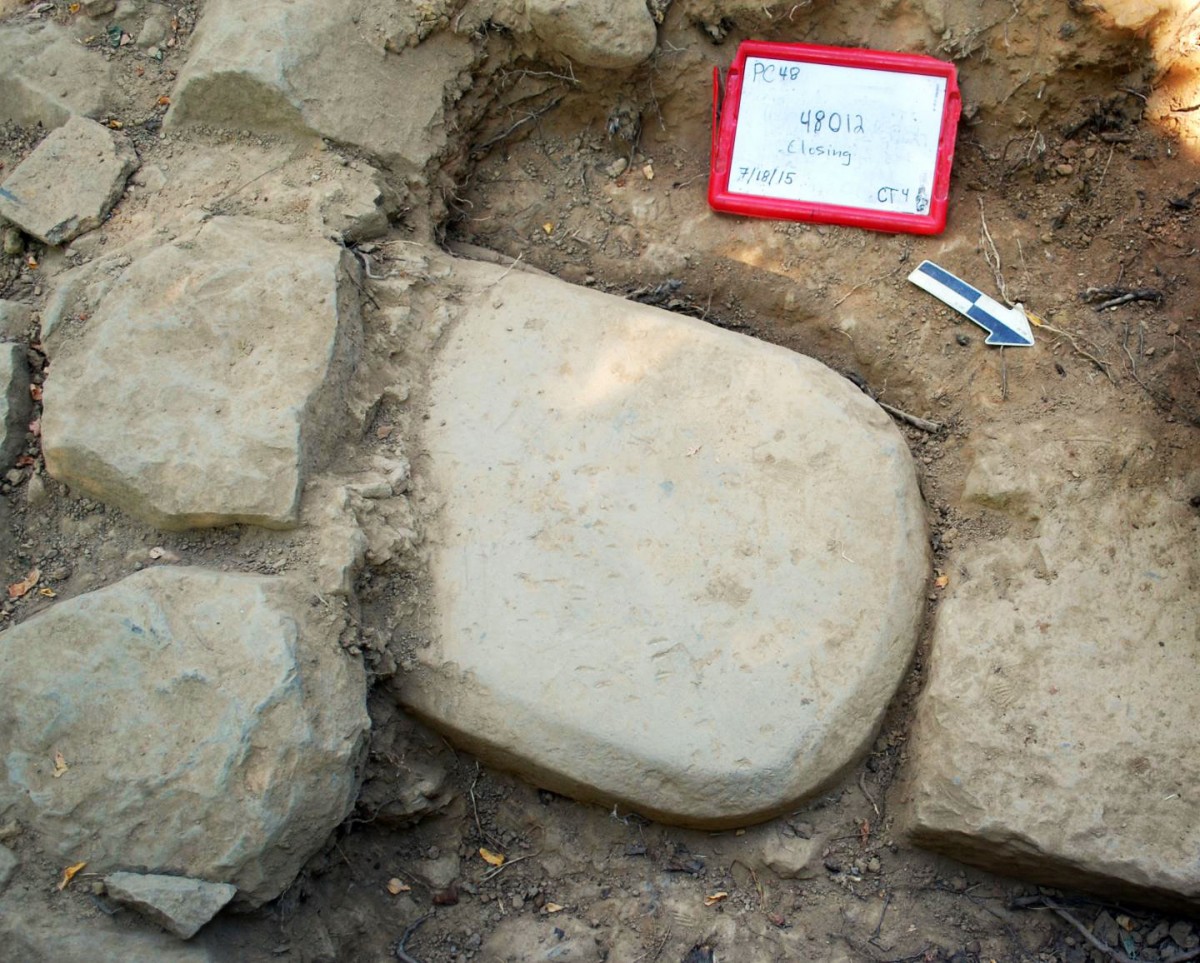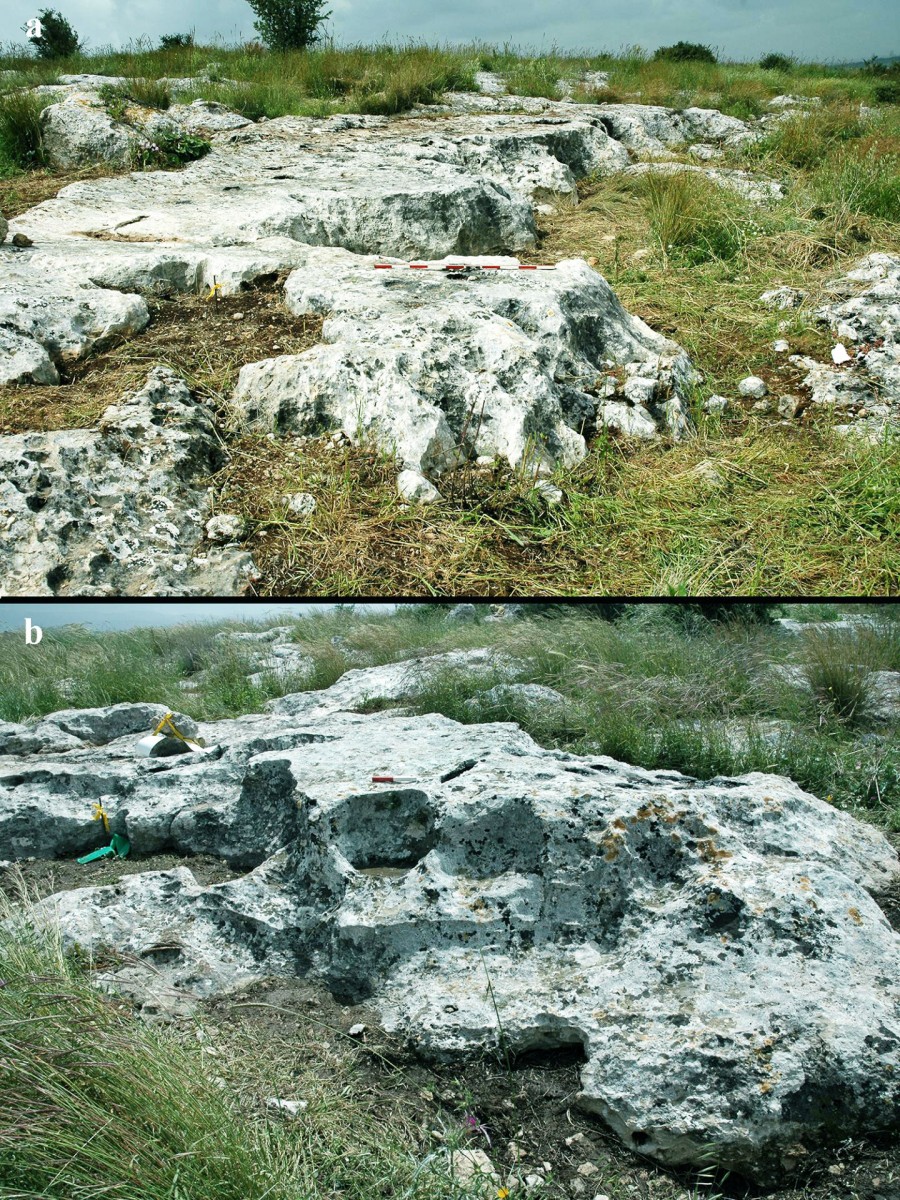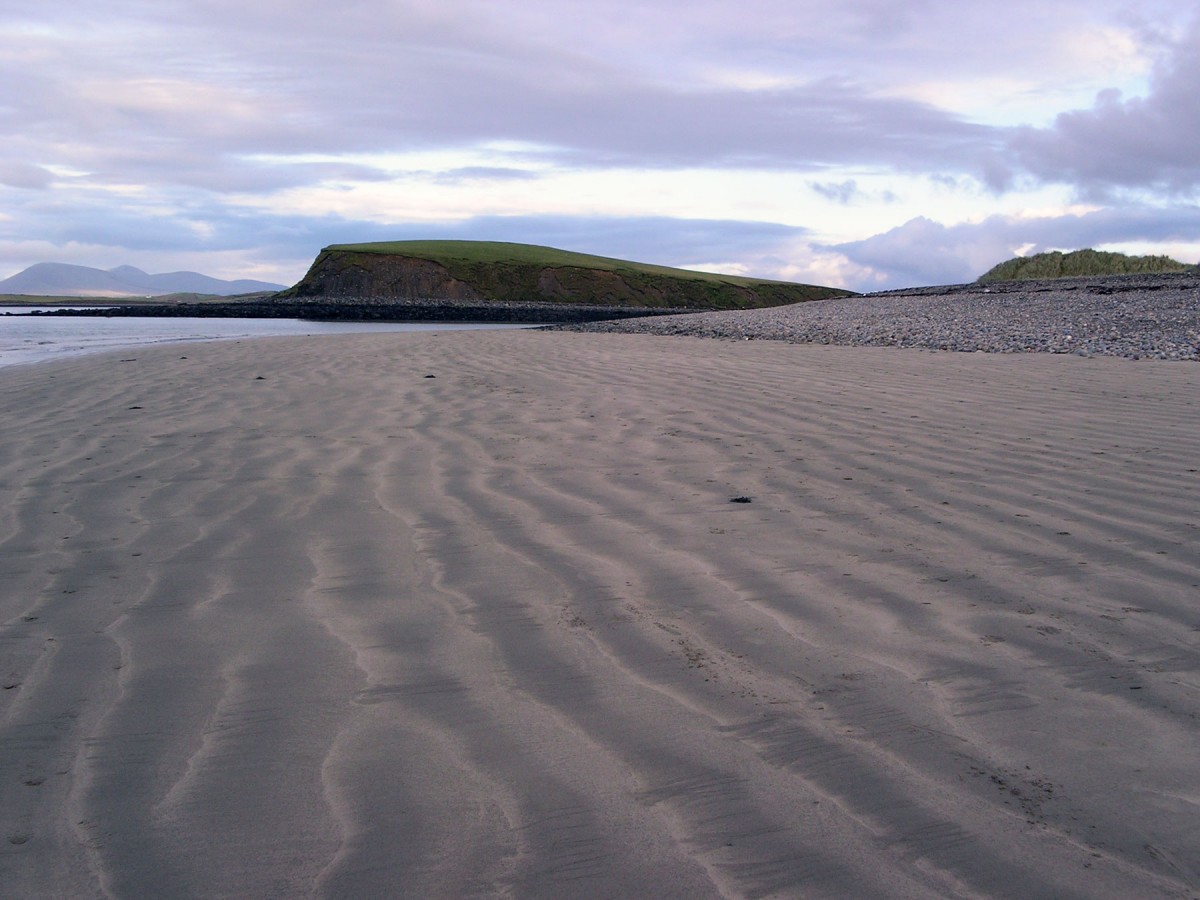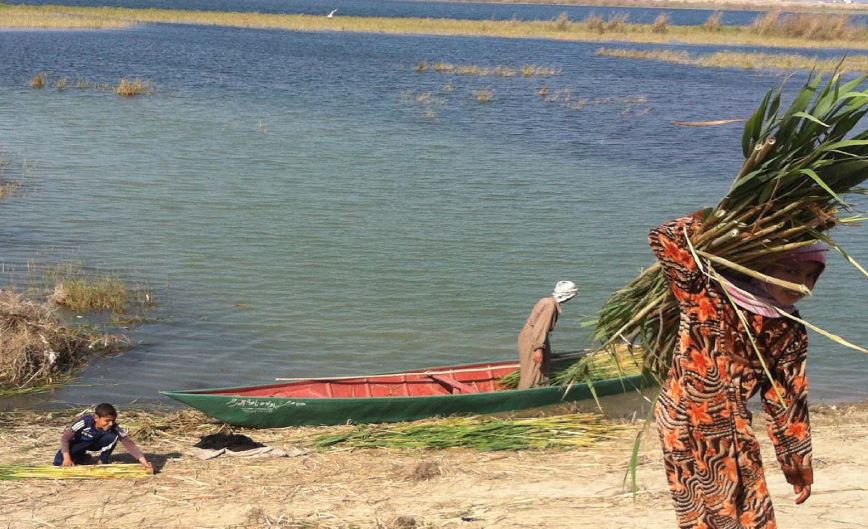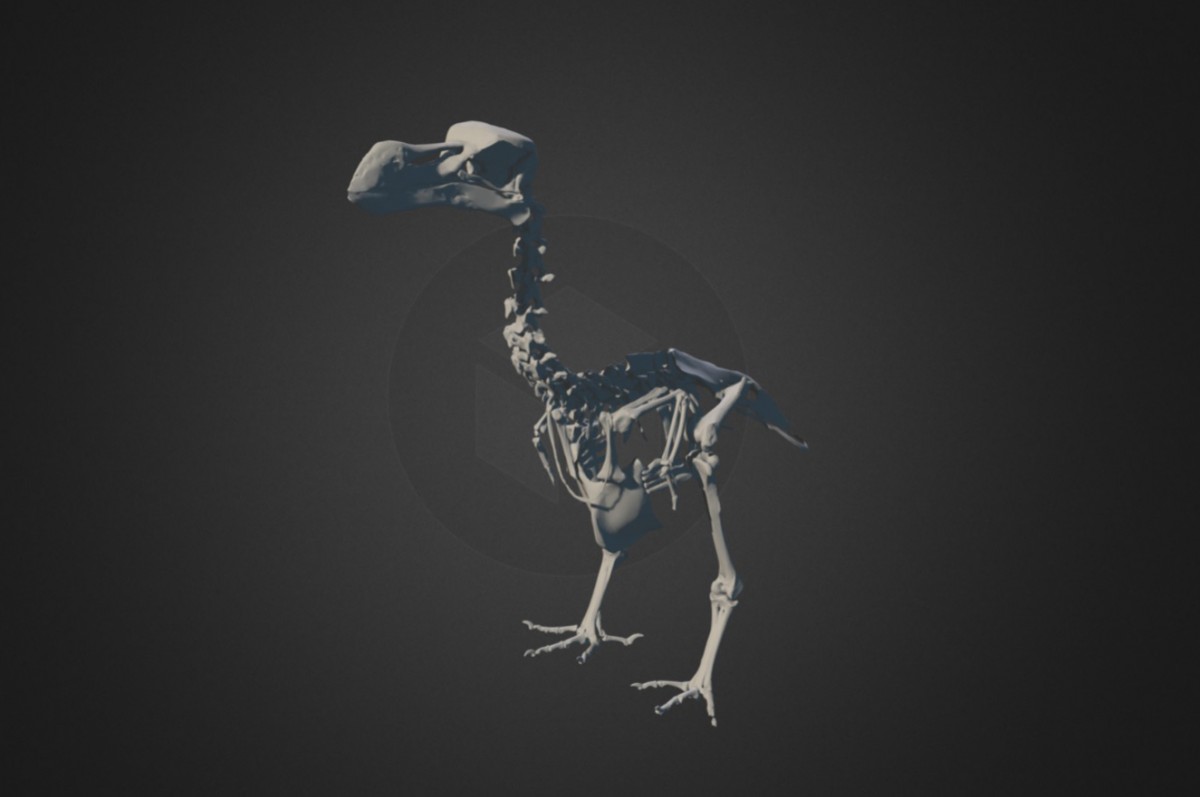University of Warwick announces PostDoc position
Available as part of the ERC-funded project ‘Token Communities in the Ancient Mediterranean’. Applications close May 16 2016.
Population size fails to explain evolution of complex culture
Recent study challenges predominant theory about driving factor and origin of complex human culture.
Evidence of second Viking settlement in North America
Evidence of a Viking settlement, the second in North America, may have been discovered in Canada by space archaeologists.
11 PhD scholarships in Archaeology available in Germany
At the DFG Research Training Group 1878 of the Universities of Bonn and Cologne on the topic of ‘Archaeology of Pre-Modern Economies’, eleven doctoral posts are to be filled with effect from October 1st, 2016.
How ancient horse-dung bacteria is helping us determine where Hannibal crossed the Alps
Despite thousands of years of hard work by brilliant scholars, the great enigma of where Hannibal crossed the Alps to invade Italy remained unsolved.
The Sculptures of the Tumulus Kasta near Amphipolis (Part 2)
Antonio Corso gives a full account of the Amphipolis finds providing a scholarly interpretation of them.
Bullet indicates Lawrence of Arabia was no liar
A bullet fired by Lawrence of Arabia during one of his most famous acts of guerrilla warfare has been discovered in the Arabian desert by a team of archaeologists.
Ancient DNA shows European wipe-out of early Americans
The first largescale study of ancient DNA from early American people has confirmed the devastating impact of European colonisation on the Indigenous American populations of the time.
The Goblins (Kαλικάντζαροι) of the Twelve days of Christmas
Goblins are happy, naughty demons that temporarily left their home in the depths of the earth and climbed to its surface to tease the humans.
Shattered antiquities left behind by IS in Palmyra
Although satellite images and IS videos had already shown the world some of the archaeological damages that had taken place in Palmyra, it wasn't until Sunday, when the city was recaptured by Syrian troops, that the true extent of the destruction was actually revealed.
The scan goes on at Tutankhamun’s tomb
The scan of the northern wall started from the end of west wall, going towards the treasury room in order to end of the northern wall.
Prey scarcity and competition led to extinction of ancient monster shark
The largest shark in the history of the planet, Carcharocles megalodon, lived between 23 million and 2.6 million years ago.
Indonesian ‘Hobbits’ may have died out sooner than thought
An ancient species of pint-sized humans discovered in the tropics of Indonesia may have met their demise earlier than once believed.
New research identifies unique arachnid species
Modern technology has allowed scientists to digitally reconstruct a fossil of an arachnid encased in rock, discovered in the 1980s.
Scientists explain evolution of some of the largest dinosaurs
Scientists from the University of Liverpool have developed computer models of the bodies of sauropod dinosaurs to examine the evolution of their body shape.
18th Dynasty tombs have been found at Gebel el-Silsila, Egypt
The finds point that people of considerable status had been buried in those tombs, probably belonging “to the level just below the [high] officials,” normally buried in Thebes.
Monuments in Cyprus light up in blue
On the 2nd of April 2015 the Department of Antiquities of Cyprus will take part in the international event entitled Light it Up Blue, organised to celebrate the International Autism Awareness Day.
Arsinoë II Philadelphus
Every two months the National Archaeological Museum of Athens selects an artefact from its storerooms to present to the public. This time it is Arsinoë II Philadelphus.
Ancient anti-adherent frying pans found
A site near Naples with cookware fragments has been found, containing pans coated with a substance to prevent food from sticking to the pan bottom.
Rare sacred text may yield details about Etruscan worship
Archaeologists in Italy have discovered what may be a rare sacred text in the Etruscan language that is likely to yield rich details about Etruscan worship of a god or goddess.
Neolithic quarry proves human impact on landscape
Archaeologists from the Hebrew University of Jerusalem uncovered in central Israel the earliest known Neolithic quarry in the southern Levant, dating back 11,000 years.
Unravelling a geological mystery using lasers … from space
Thanks to new technology researchers may be one step closer to understanding the origins of an archetypal landform: the drumlin hill.
Ecological collapse circumscribes traditional women’s work
As the land at the heart of the cradle of civilization dries out, an ancient culture is being lost with the unique ecosystem that sustains it.
The first 3-D atlas of the extinct dodo
For the first time since its extinction, a 3-D atlas of the skeletal anatomy of the dodo has been created.
